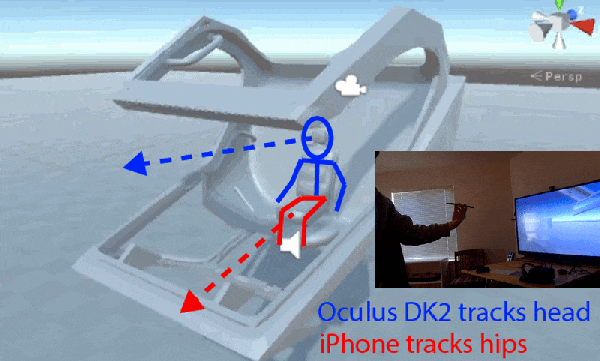In the process of making a homemade Mech Combat game that features robot-like piloted tanks capable of turning the cockpit independent of the direction of movement, [Florian] realized that while the concept was intuitive to humans, implementing it in a VR game had challenges. In short, when the body perceives movement but doesn’t feel the expected acceleration and momentum, motion sickness can result. A cockpit view that changes independently of forward motion exacerbates the issue.
To address this, [Florian] wanted to use a swivel chair to represent turning the Mech’s “hips”. This would control direction of travel and help provide important physical feedback. He was considering a hardware encoder for the chair when he realized he already had one in his pocket: his iPhone.
By making an HTML page that accesses the smartphone’s Orientation API, no app install was needed to send the phone’s orientation to his game via a WebSocket in Unity. He physically swivels his chair to steer and is free to look around using the VR headset, separate from the direction of travel. Want to try it for yourself? Get it from [Florian]’s GitHub repository.
A video is embedded below, but if you’re interested in details be sure to also check out [Florian]’s summary of insights and methods for avoiding motion sickness in a VR Mech cockpit.
Continue reading “VR Mech’s Missing Link: The Phone In Your Pocket”





















